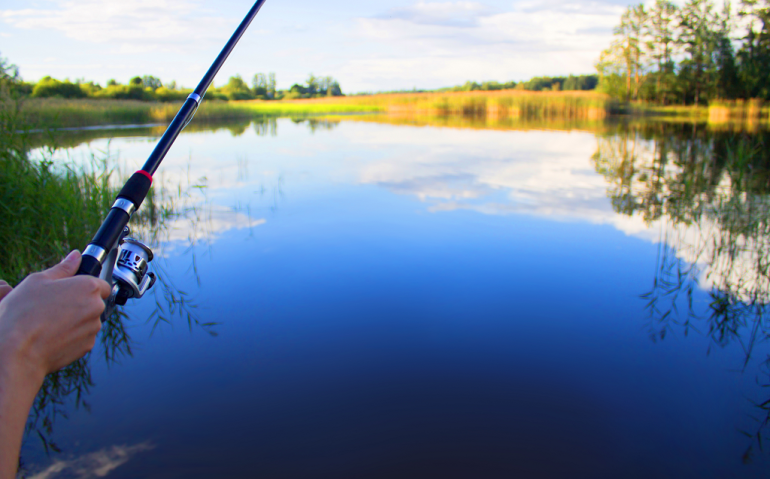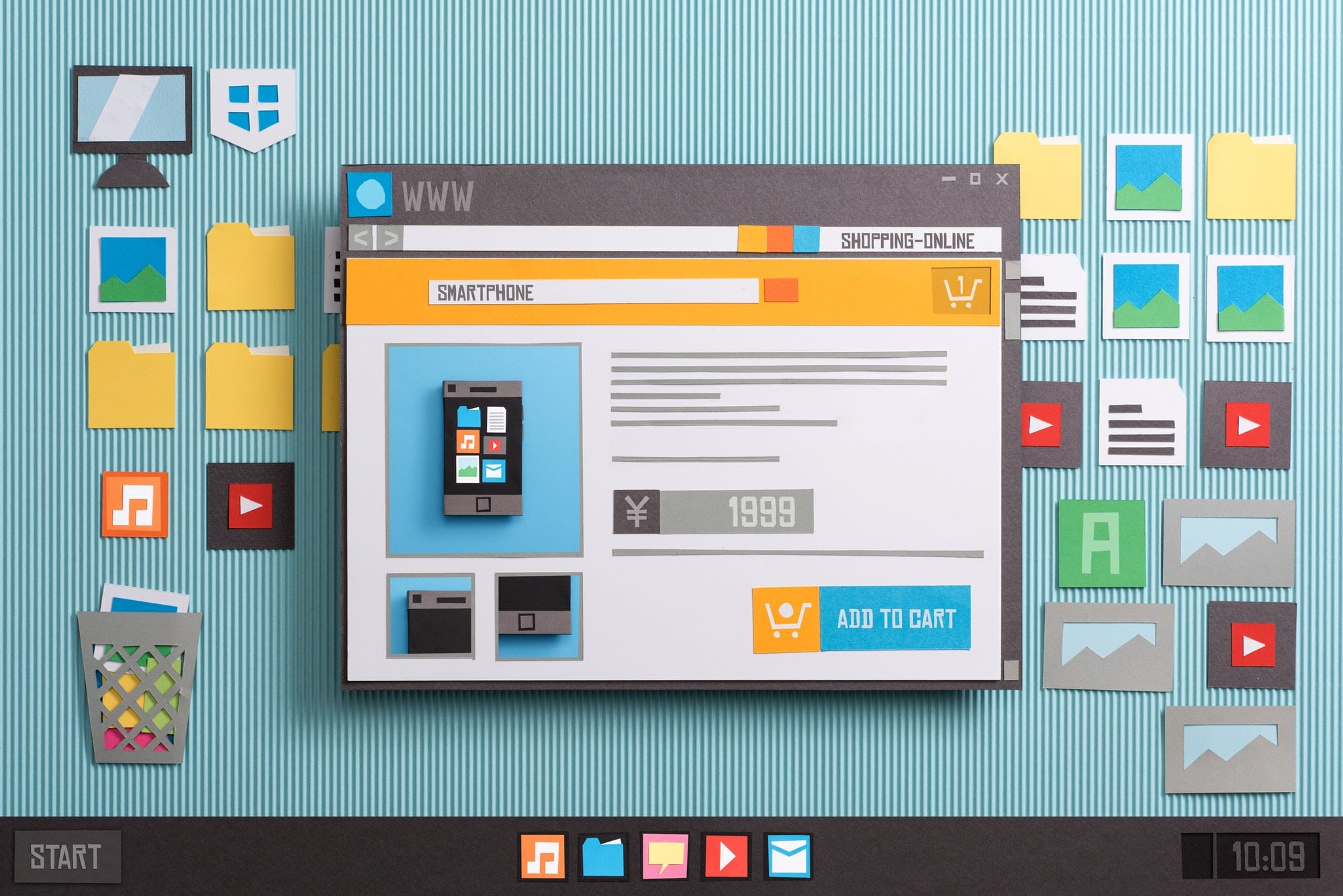When you’re competing with a hundred other fishing charters in your area, you might think that your reputation alone will be enough to bring in customers. Unfortunately, without beautiful website design and content that will bring in traffic, you’re going to have a hard time getting customers. It’s important that you buy a domain name as soon as possible. Once you have a domain, you’ll need the right content as part of your marketing campaign./p>
1. Contact Information
You want customers to call you for their next fishing trip, so don’t make it difficult to find contact information. Whether it’s a cell or office phone, or a booking form on the website, contact information should be prominent on every page of the website. You can also create a separate page labeled Contact on the tab. If you make potential customers search for it when they’re ready to ask questions, they’ll become frustrated and leave. Your competitors will end up getting that booking.
2. About Page
The About page is vital for bringing in customers. When choosing a fishing charter, customers want to know who will be bringing them out on the open water. There should be biographies about the captain as well as the crew. You can include fun, little tales to entertain them, but the main part of the bio should be the years of experience the crew has on the water.
There should also be an About page for the boat too. If there’s more than one boat, write about each one individually. People want to see what kind of options they have for fishing charters. They might request a certain boat in their booking.
3. Common Fishing Locations
Customers want to know where you’ll be taking them to find the best fishing spots. Add details about how you have come to include that in your fishing charter trips. This can also lead to a link to your other page, which should include fishing reports. This allows the customers to see how other people did on their voyages.
4. Pricing for Average Trips
In your charter business, you’ll have prices for certain hours and locations. For example, you might allow customers to book in blocks of 4 hours in the morning or afternoon. All-day trips with a group can be an option for your fishing boats, so all of these should be listed with the average prices. Otherwise, you’ll get bombarded with these questions on the phone all day.
5. Specialty Trips
Some customers want to charter the fishing boat for trips beyond what you offer normally. It might be overnight trips or a business trip with a group of fisherman who want to stay out the whole day. If you have your own specialty trip offerings, make sure they’re listed on the website for interested parties.
6. Checklist for Passengers
People will want to know what they should bring. If you rent out fishing equipment, let them know on this page. Whether you allow coolers or want them to think about sunscreen, have a checklist for passengers so they’ll know what’s allowed and what isn’t. Suggest they bring a light jacket because it’s cooler on the water, or strongly advise them to bring sunscreen. They’ll appreciate this extra effort regarding their safety.
For those who want to bring their own fishing equipment, you can suggest the type of line they’ll need as well as sinkers and tackle based on where you’ll be fishing. The type of fish they are hoping to catch will influence the equipment choices, but have a checklist for that too.
7. Fishing Reports
You can link them to fishing reports, which will tell them how fishing has been lately. They’ll be able to see how many and the types of fish that other parties have caught on the boat. Include a few pictures taken on each trip too.
8. Boat Safety
Along with the type of boat, it’s important to talk about how you care for the boat as well as how you will keep the customers safe. It should include the correct way to wear a flotation device in case of a problem. Write about how you plan to keep the passengers safe while they’re on your vessel.
9. Photos and Video
While you should have some pictures of people catching fish peppered throughout the site, you’ll want to have a dedicated gallery page for all the pictures on one place. This is likely to be the page that gets you the most traffic on your site. Video of people catching fish is also a fun way to capture visitors’ interest.
10. Fish Recipes
Adding a fun page full of fish recipes is a great way to interact with customers. They’ll look forward to catching fish that can be added to these recipes. Be creative and make the page easily printable for downloading.
11. Testimonials
Customers often rely on reviews from those who have experienced what you have to offer. You wouldn’t head to a new restaurant without checking reviews. Always have testimonials on your site. Always ask customers to leave comments or reviews on your site after they’ve had a great trip with you.
12. Local Attractions
A great way to bring in website traffic to the site is with local keywords. You can let them know what else can be seen in the area. If you’re near a local aquarium or water attraction, that also ties in with your boating and fishing expedition.
It takes some time to build a great website, but you should always include these elements to ensure you’re providing the right information to potential customers who do visit. It’s vital to your marketing campaign to have a great website design with terrific content.









